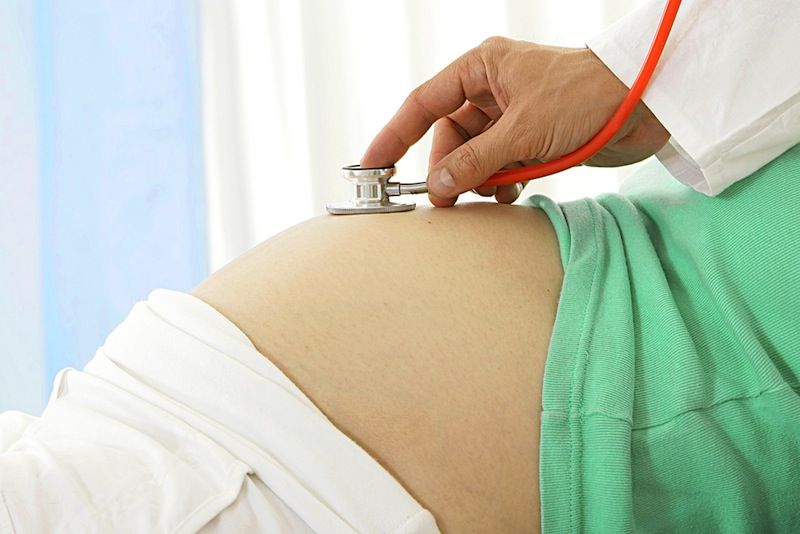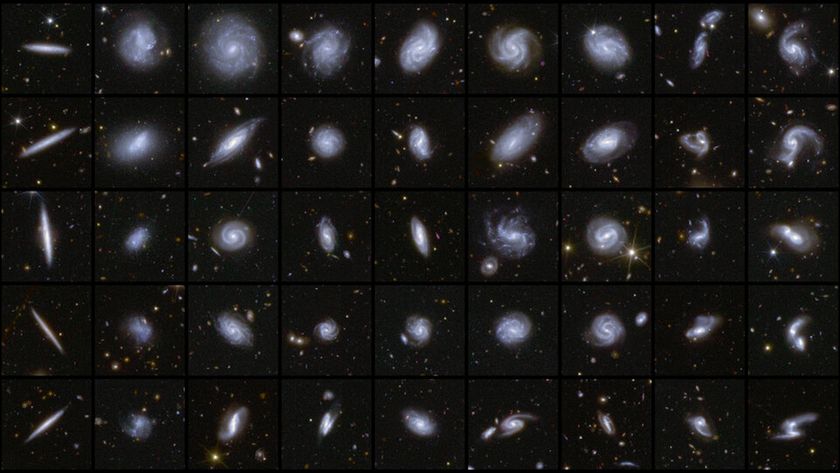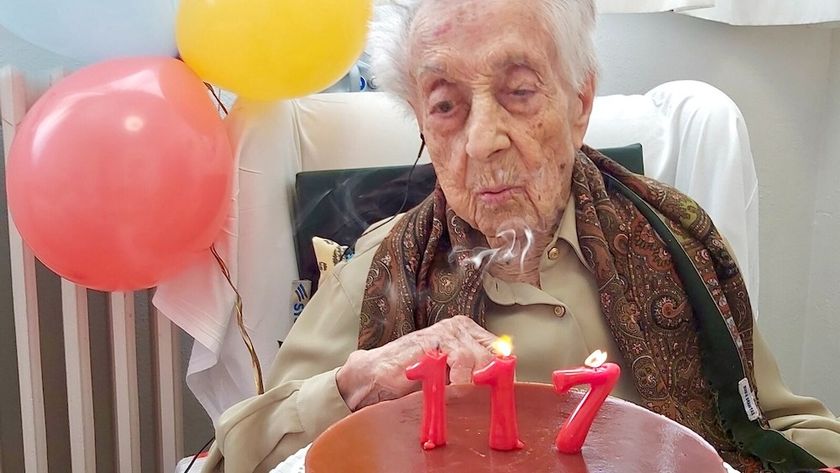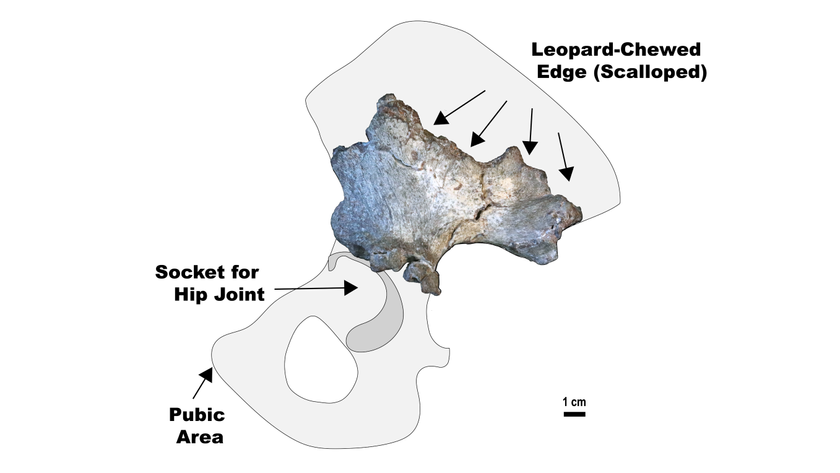No Need to Delay Getting Pregnant After Miscarriage, Study Suggests

A new study suggests that becoming pregnant again soon after a miscarriage is no more risky for the mom or the fetus than waiting six months to conceive.
The new research contradicts the current World Health Organization advice on the subject, which suggests that a six-month wait might be beneficial for the baby. However, that advice was based on a single study. The new research, a statistical evaluation of data from 10 earlier studies on the topic, finds no additional risks for women who wait less than six months to become pregnant again after a miscarriage, and even finds that some risks may be lower with shorter intervals.
"Women who get pregnant after less than six months between the pregnancy and the loss should not be worried about adverse pregnancy outcomes, and if nothing else actually they should be encouraged," said Enrique Schisterman, a senior investigator in epidemiology at the National Institute of Child Health and Human Development. Schisterman was not involved in the new study, known as a meta-analysis, although he did co-author one of the earlier studies that the new study re-evaluated. [6 Myths About Miscarriage]
Pregnancy intervals
Researchers have found that conceiving shortly after a full-term pregnancy can raise the risk of complications, such as premature birth and low birth weight (around 18 and 23 months between pregnancies was least risky, according to a 2006 meta-analysis published in the journal JAMA). But there was very little data on pregnancy spacing after miscarriage, and the study upon which the WHO based its recommendations was based in Latin America and couldn't distinguish between spontaneous losses and abortions.
In the new analysis, researchers led by Sohinee Bhattacharya at the University of Aberdeen combed the literature for studies that compared outcomes for women who conceived either within six months of a miscarriage, or more than six months after. They found a total of 10 studies in which researchers looked at pregnancies with those timeframes and recorded data on the complications, such as having another miscarriage (defined as a loss of the fetus before 24 weeks gestation), suffering a stillbirth (a loss after 24 weeks gestation), having a premature birth, having a baby born with low birth weight and having preeclampsia, a condition in which a pregnant woman's blood pressure increases to dangerous levels. [9 Conditions Pregnancy May Bring]
Pooling the data from the studies and re-evaluating the statistics, the researchers found no evidence that getting pregnant soon after a miscarriage is dangerous. The data on stillbirths and preeclampsia showed no difference in the risk of these conditions regardless of pregnancy spacing. And some complications appeared less likely with quicker conceptions: The rate of having another miscarriage with a pregnancy spacing of less than six months was only 82 percent of the rate of having another miscarriage with a spacing of more than six months. The risk of preterm birth was also less for shorter intervals, too, at 79 percent of the rate seen in women with intervals longer than six months.
The researchers also found that for several of the birth complications, the Latin American study that was used as the basis for the WHO recommendations was an outlier. For example, when that study was included in the analysis, the statistics showed no difference between a spacing of less than six months versus a spacing more than six months in the risk for having a low-birth-weight baby (defined as a term baby weighing less than 5.5 pounds, or 2,500 grams). But when that one study was excluded, the risk of having a low-birth-weight baby appeared to be lower for more closely spaced pregnancies, at 74 percent the rate of longer-spaced pregnancies.
Sign up for the Live Science daily newsletter now
Get the world’s most fascinating discoveries delivered straight to your inbox.
Try when ready
Undergoing full-term pregnancies back-to-back may diminish a mother's supply of folate, a B vitamin important for the developing nervous system, Schisterman said. But a pregnancy lost before full-term will likely not diminish a woman's folate supply for future pregnancies, he said. Meanwhile, waiting longer to conceive, especially for women later in their fertile years, might increase the risk of complications.
The lack of information on how far along the pregnancies were when miscarriages occurred is one limitation of the new study, Schisterman said. It may be that early miscarriages do not tax a pregnant woman's reserves, while a later loss may make a short spacing riskier.
"I think we need a little bit more data on the different underlying reasons for a pregnancy loss and see what the optimal interval is," Schisterman said.
The new research also looked at when women conceived — not when they actually started trying. But couples can only control when they start trying for a baby, Schisterman said, and not the timing of the actual pregnancy. Some of the seeming beneficial effects of a short pregnancy interval may be because the women who became pregnant again sooner were more fertile, Bhattacharya and her team wrote, and thus both became pregnant with more ease and had fewer complications in those pregnancies. [7 Ways Pregnant Women Affect Babies]
Nevertheless, the study might inform how doctors discuss the risks and benefits of future pregnancies with their patients.
"There is now ample evidence to suggest that delaying a pregnancy following a miscarriage is not beneficial and unless there are specific reasons for delay couples should be advised to try for another pregnancy as soon as they feel ready," Bhattacharya and her colleagues wrote.
The researchers published their findings Nov. 17 in the journal Human Reproduction Update.
Original article on Live Science.

Stephanie Pappas is a contributing writer for Live Science, covering topics ranging from geoscience to archaeology to the human brain and behavior. She was previously a senior writer for Live Science but is now a freelancer based in Denver, Colorado, and regularly contributes to Scientific American and The Monitor, the monthly magazine of the American Psychological Association. Stephanie received a bachelor's degree in psychology from the University of South Carolina and a graduate certificate in science communication from the University of California, Santa Cruz.

'Love hormone' oxytocin can pause pregnancy, animal study finds

'Mini placentas' in a dish reveal key gene for pregnancy










